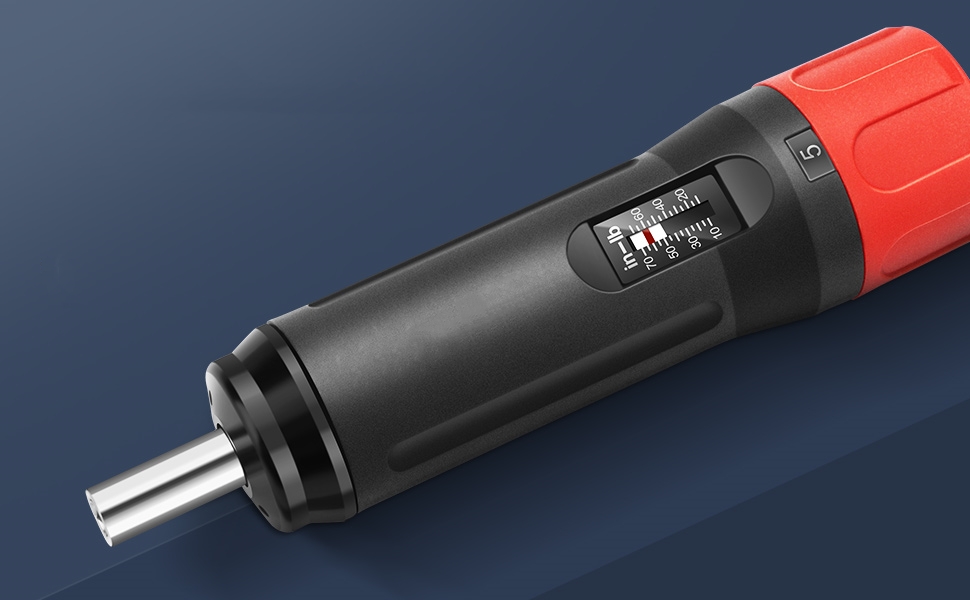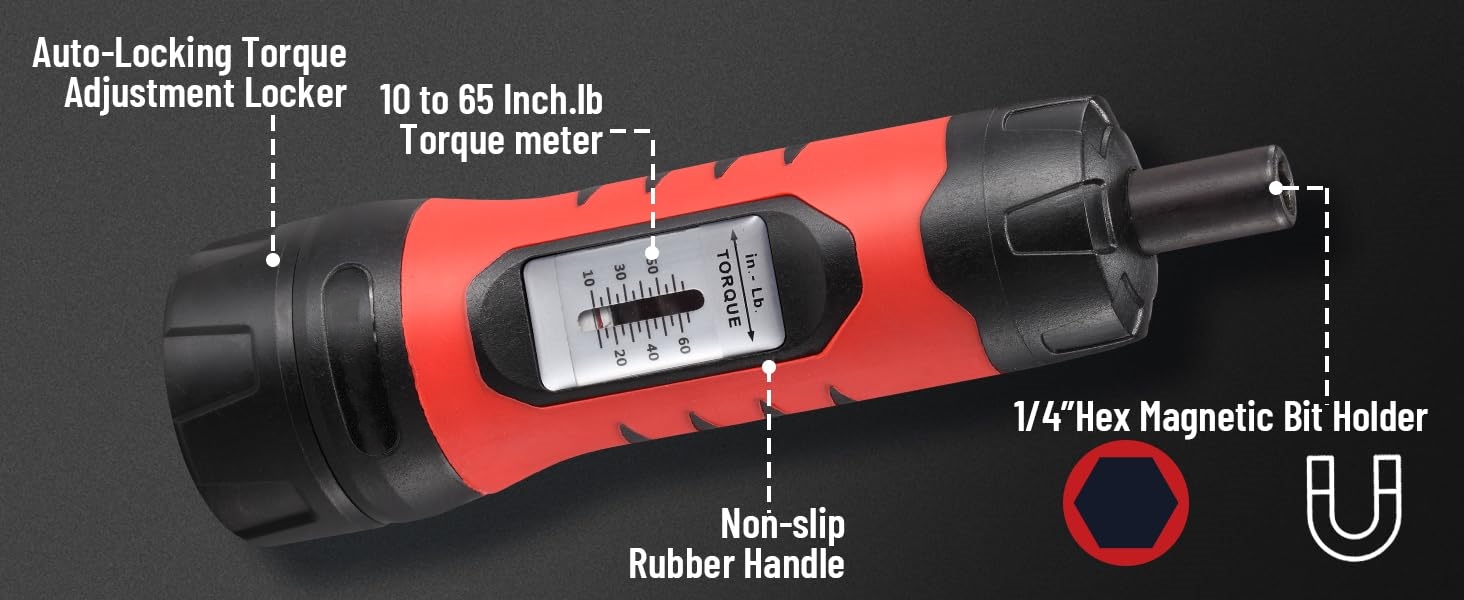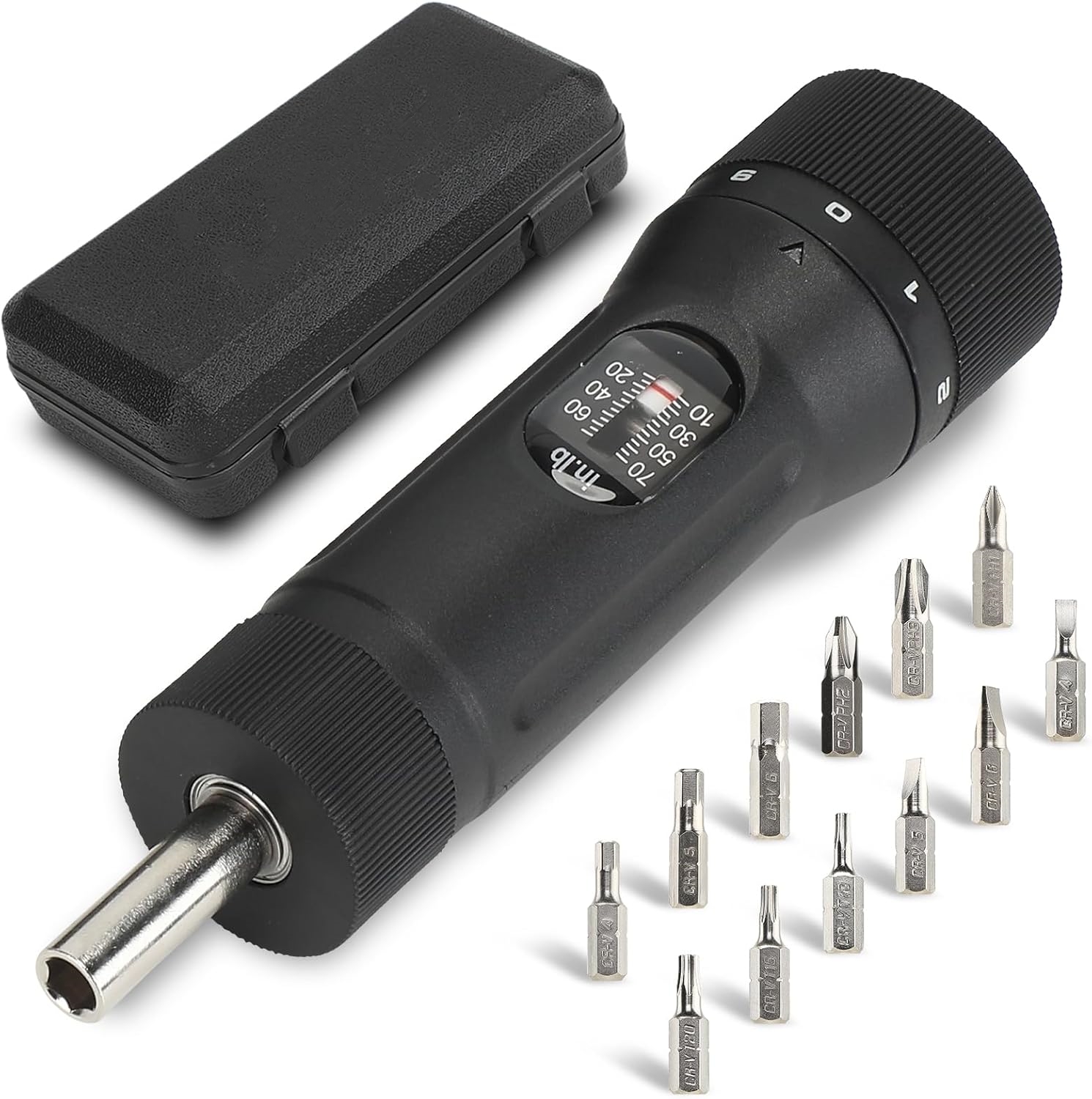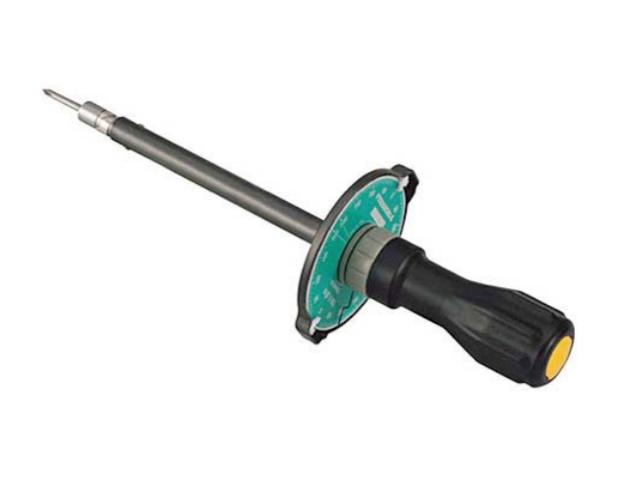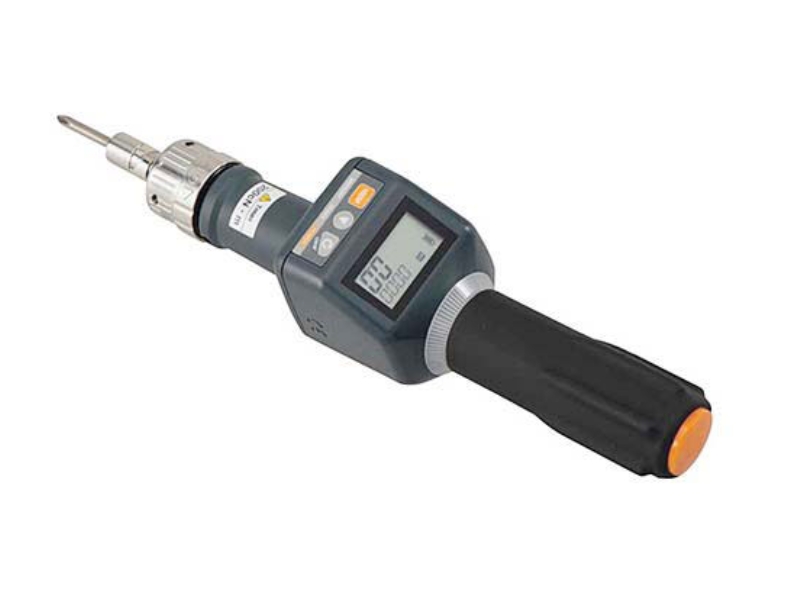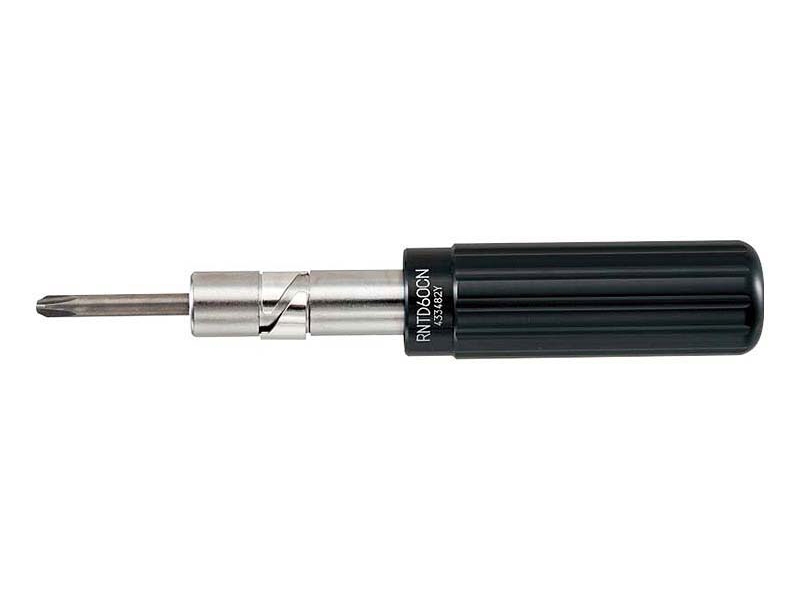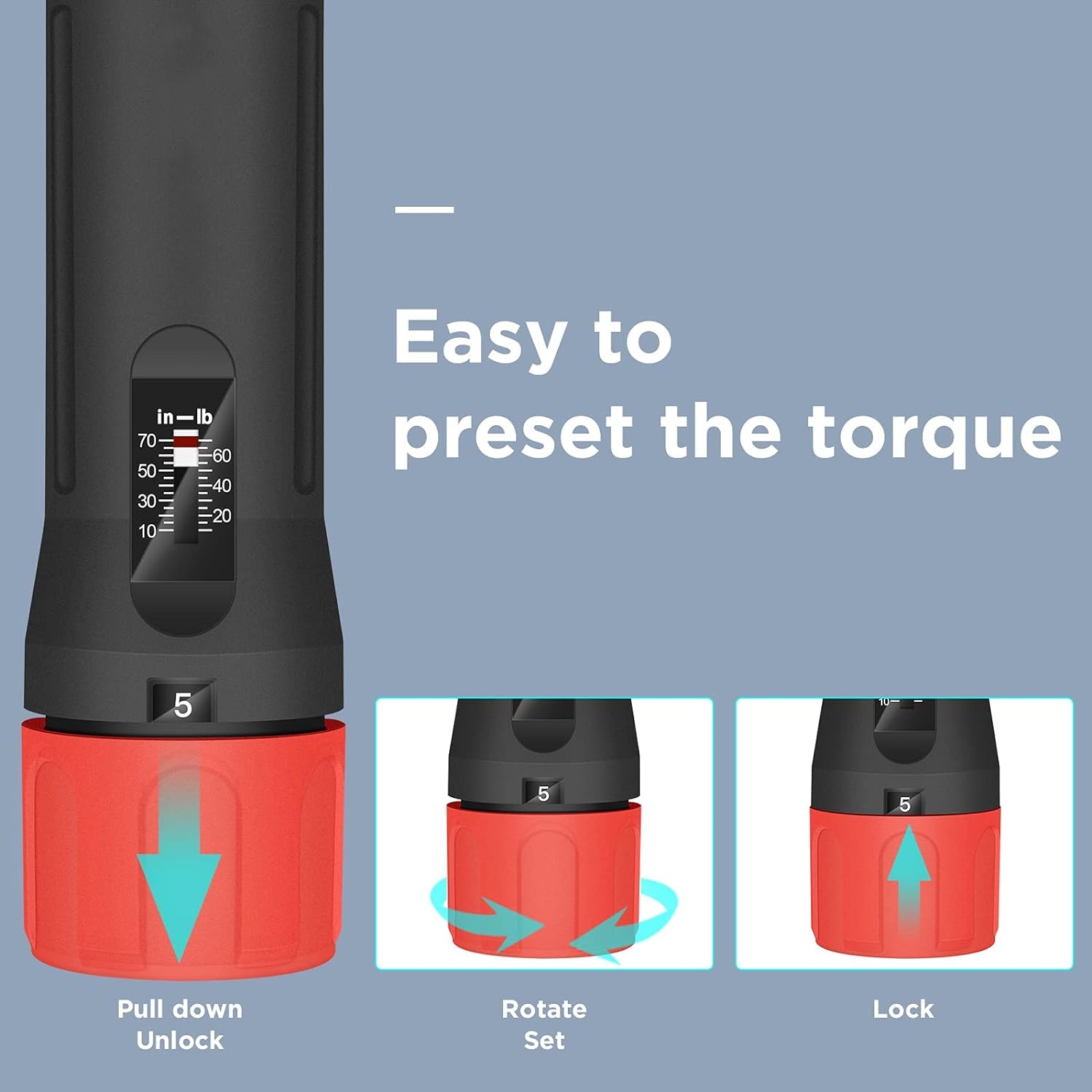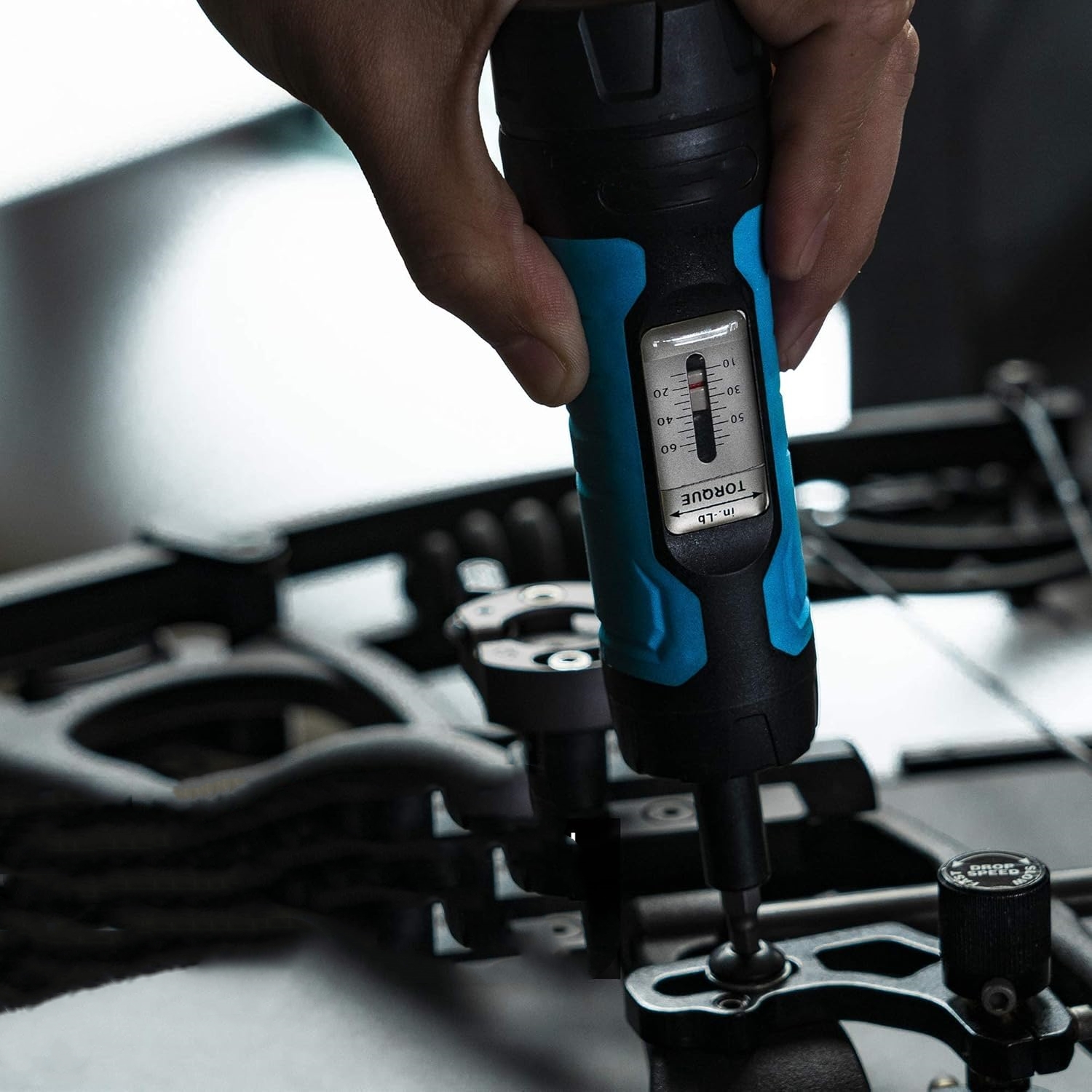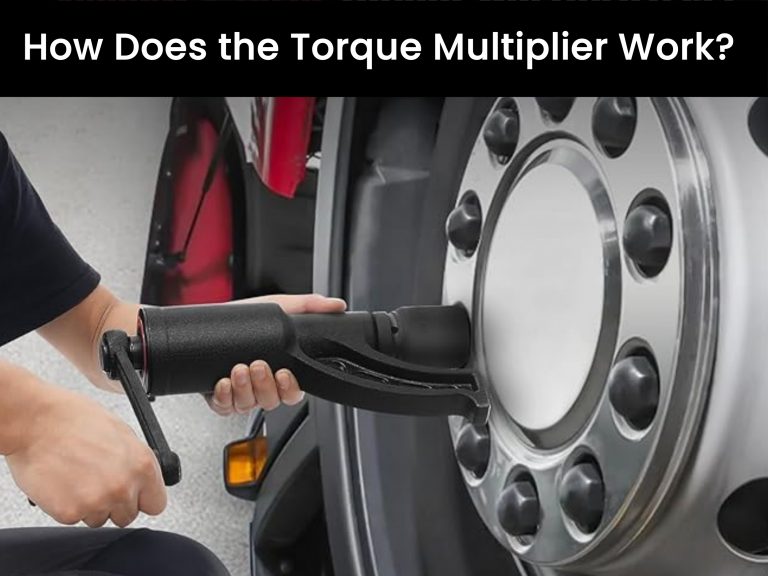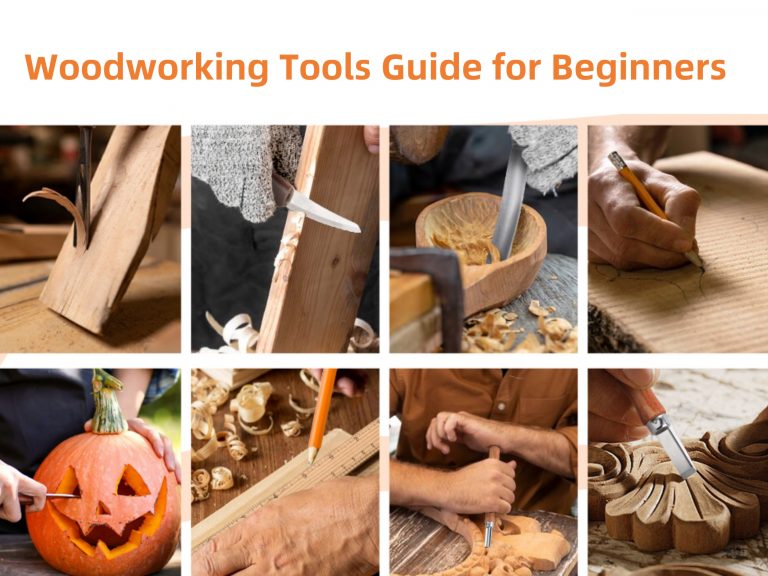Torque screwdrivers are essential tools in various industries, from automotive to electronics, where precision and control are paramount. This article will delve into the definition of a torque screwdriver, its component parts, different types available, how to use it effectively, and how to choose the right one for your needs.
What is a Torque Screwdriver
A torque screwdriver is a specialized tool designed to apply a specific amount of torque to a fastener, such as a screw or bolt. Unlike standard screwdrivers, which can apply varying levels of force, torque screwdrivers are calibrated to ensure that the user can tighten screws to a predetermined torque setting. This is crucial in applications where over-tightening can lead to damage or failure of components, such as in electronics or precision machinery.
The Parts of a Torque Screwdriver
Understanding the component parts of a torque screwdriver is essential for effective use and maintenance. Here are the primary components:
Handle
The handle is created for comfort and grip, enabling the user to apply torque without slipping. Many handles are ergonomically designed to reduce hand fatigue during prolonged use.
Torque Adjustment Mechanism
This is a critical feature that allows the user to set the desired torque level. It can be a dial, a digital display, or a preset mechanism, depending on the type of torque screwdriver.
Shaft
The shaft connects the handle to the tip and is usually made of durable materials to withstand the forces applied during use. The length of the shaft can vary, allowing for access to screws in tight spaces.
Tip
The tip is the part that engages with the screw. Torque screwdrivers come with interchangeable tips to accommodate different screw types, including Phillips, flathead, or Torx.
Torque Limiting Mechanism
This feature prevents the user from applying excessive torque. It can be a clutch mechanism that slips once the desired torque is reached or an electronic cut-off in digital models.
Different Types of Torque Screwdrivers
Torque screwdrivers come in various types, each suited for specific applications. Here are the most common types:
Adjustable Torque Screwdrivers
These allow users to set the torque value according to their needs. And these tools emit a clicking sound when the set torque level is reached. The audible feedback makes these torque screwdrivers particularly user-friendly, making them suitable for both professionals and DIY enthusiasts.
Dial Indicating Type Torque Screwdriver
This type uses a beam and a scale to indicate the amount of torque being applied. Although they are less common today, they are still used in some applications due to their simplicity and reliability.
Digital Torque Screwdrivers
Equipped with electronic displays, these screwdrivers provide precise torque readings and often allow for easy adjustment of torque settings. They are ideal for applications requiring high accuracy.
Pre-Set Torque Screwdrivers
These tools are set to a specific torque level and cannot be adjusted. These screwdrivers help maintain consistency in repetitive operations and ensure high-quality outcomes. They are often used in assembly lines where consistency is crucial.
How to Use a Torque Screwdriver
Using a torque screwdriver effectively requires understanding its operation and following best practices. Here’s a step-by-step guide:
1.Select the Right Tip
Firstly, choose the appropriate tip for the screw you are working with. Ensure it fits tightly to prevent stripping the screw head.
2.Set the Torque Value
Secondly, adjust the torque setting according to the specifications required for your application. Refer to the manufacturer’s guidelines for the correct torque values.
3.Position the Screwdriver
Thirdly, align the tip of the screwdriver with the screw and ensure it is perpendicular to the surface. This alignment is crucial for accurate torque application.
4.Apply Torque
Next, begin turning the screwdriver slowly. If using a click-type screwdriver, listen for the click, which indicates that the set torque level has been reached. For digital models, monitor the display for the torque reading.
5.Avoid Over-Tightening
Then, once the desired torque is reached, stop applying force immediately. Over-tightening can damage the screw or the material being fastened.
6.Check Calibration
Lstly, regularly check the calibration of your torque screwdriver to ensure accuracy. This is especially important in professional settings where precision is critical.
How to Choose the Right Torque Screwdriver
Selecting the right torque screwdriver can significantly impact your work’s quality and efficiency. Here are some factors to consider when making your choice:
Application Requirements
Consider the specific tasks you will be performing. Different applications may require different torque ranges and types of screwdrivers.
Torque Range
Ensure that the torque screwdriver you choose has a torque range suitable for your needs. If you work with both low and high torque applications, consider an adjustable model.
Type of Fasteners
Identify the types of screws or bolts you will be working with. Ensure that the screwdriver has compatible tips or is available with interchangeable tips.
Ease of Use
Look for features that enhance usability, such as ergonomic handles, easy-to-read torque settings, and a comfortable grip.
Calibration and Accuracy
Choose a torque screwdriver known for its accuracy and reliability. Digital models often provide better precision, but click-type screwdrivers are also effective for many applications.
Budget
Consider your budget, but remember that investing in a high-quality torque screwdriver can save you time and prevent costly mistakes in the long run.
Brand Reputation
Research brands and read reviews to find a reputable manufacturer known for producing reliable torque screwdrivers.
Conclusion
A torque screwdriver is an invaluable tool for anyone who requires precision in fastening applications. By understanding its definition, component parts, different types, and how to use it effectively, you can enhance your work quality and efficiency. When choosing the right torque screwdriver, keep in mind your specific needs, application requirements, and budget. With the right tool in hand, you can ensure that your projects are completed with the utmost accuracy and professionalism.
Hope this article was helpful to you. We will continue to update the practical articles of hardware tools. MYWAY TOOLS is always by your side.

